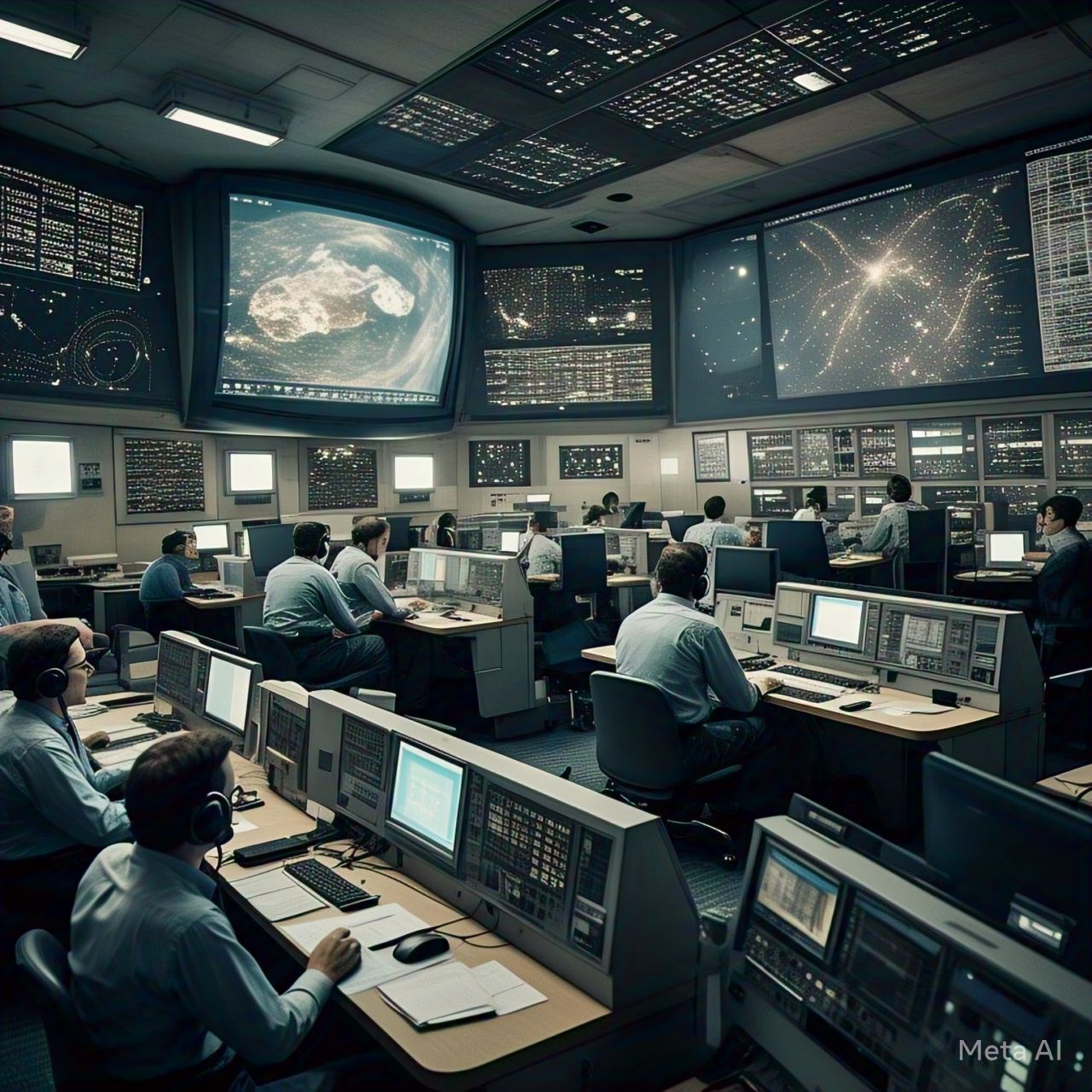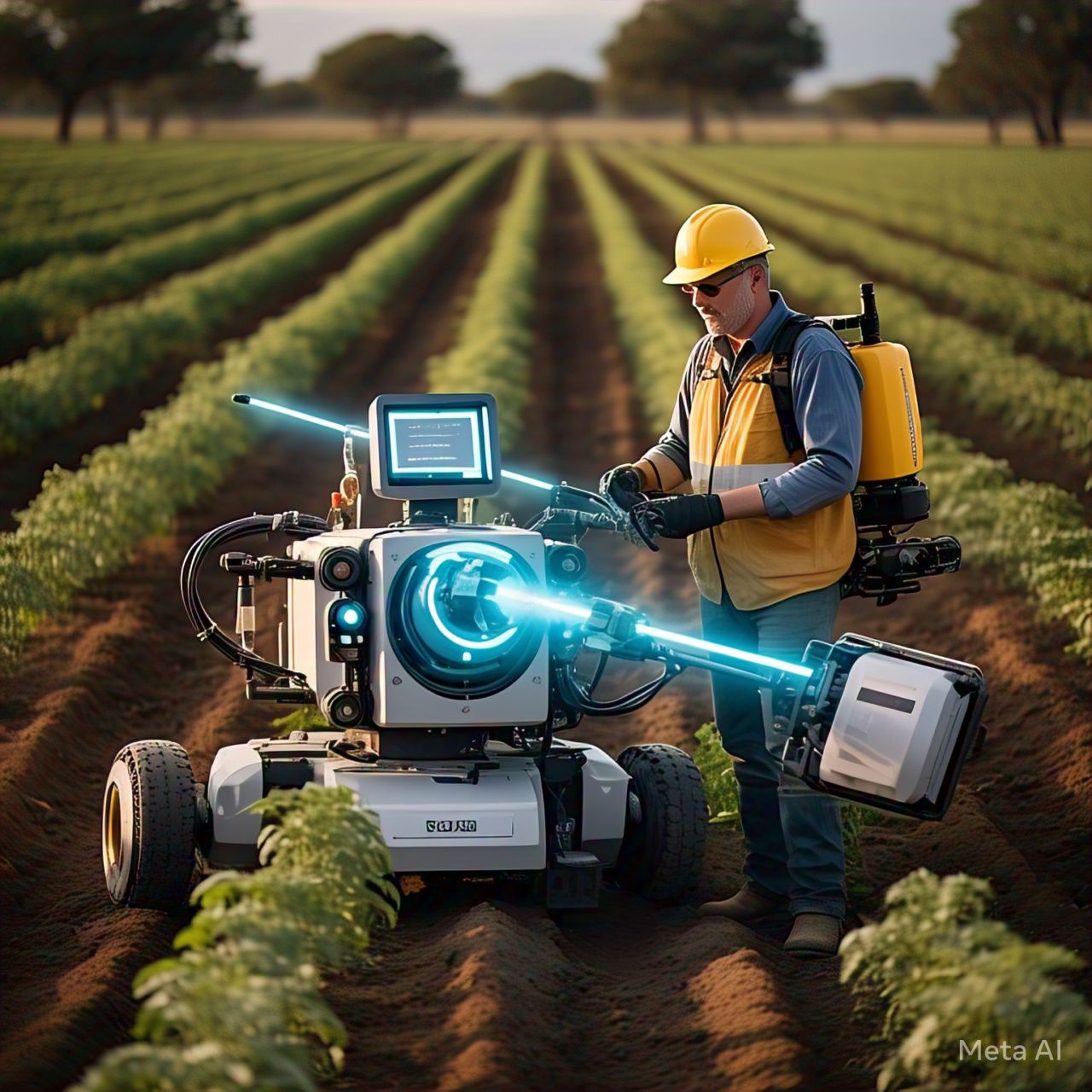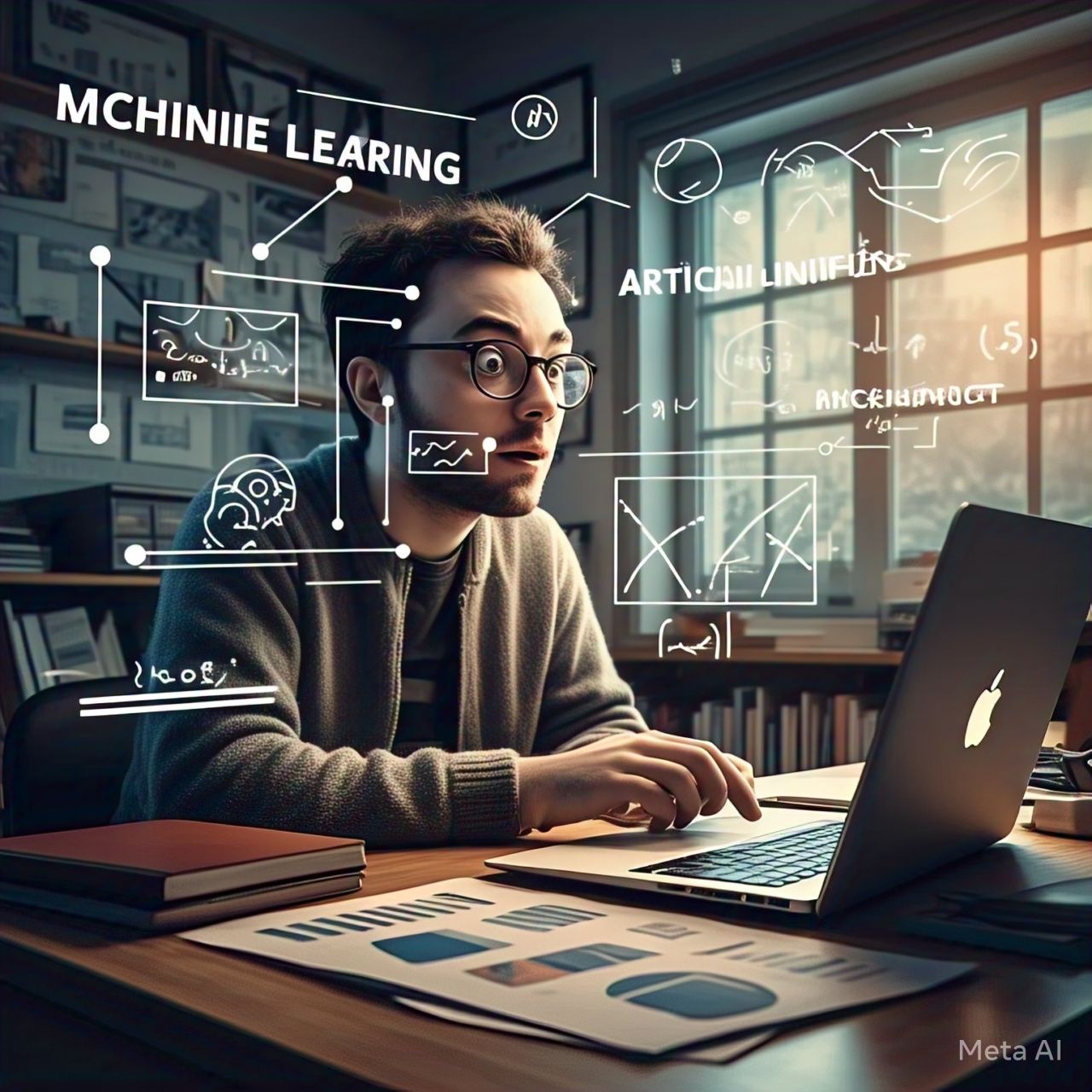Table of Contents
- Introduction
- The Role of AI in Space Exploration
- What is AI?
- Why is AI Important in Space Missions?
- How NASA Uses AI in Space Exploration
- Autonomous Spacecraft Navigation
- AI-Powered Robotics and Rovers
- Data Analysis and Predictive Modeling
- Key AI Technologies Driving Space Exploration
- Machine Learning and Neural Networks
- Computer Vision and Image Processing
- Natural Language Processing (NLP) for Mission Control
- Benefits of AI in Space Exploration
- Challenges and Limitations of AI in Space Missions
- AI Reliability and Error Management
- Ethical and Safety Concerns
- Computational Power Constraints
- The Future of AI in Space Exploration
- Conclusion
- FAQs
1. Introduction
Artificial Intelligence (AI) is transforming the way space agencies like NASA explore the cosmos. AI-driven technologies are improving mission efficiency, enabling autonomous navigation, and revolutionizing data processing. As NASA embarks on new interplanetary missions, AI is set to play a crucial role in deep space exploration.
2. The Role of AI in Space Exploration
What is AI?
AI refers to computer systems capable of performing tasks that typically require human intelligence, such as learning, decision-making, and problem-solving.
Why is AI Important in Space Missions?
Space missions require precise calculations, real-time decision-making, and adaptive learning—challenges that AI can address efficiently. AI helps in:
- Reducing human error in mission operations.
- Managing vast amounts of space data.
- Enabling real-time navigation and autonomous decision-making.
3. How NASA Uses AI in Space Exploration
| AI Application | Function |
|---|---|
| Autonomous Navigation | Enables spacecraft to make real-time course corrections. |
| AI-Powered Robotics | Assists in planetary exploration, such as Mars rovers. |
| Data Analysis | Processes vast amounts of astronomical and mission data. |
Autonomous Spacecraft Navigation
AI helps spacecraft navigate through deep space without human intervention. NASA’s AI-based guidance systems assist in trajectory planning and collision avoidance.
AI-Powered Robotics and Rovers
Rovers like Perseverance and Curiosity use AI for terrain analysis, obstacle avoidance, and scientific data collection on Mars.
Data Analysis and Predictive Modeling
AI processes astronomical data from telescopes like Hubble and James Webb, helping scientists identify exoplanets and celestial phenomena.
4. Key AI Technologies Driving Space Exploration
Machine Learning and Neural Networks
AI learns from space mission data to improve efficiency, predict system failures, and enhance decision-making.
Computer Vision and Image Processing
AI-powered computer vision analyzes images from satellites and rovers, identifying potential landing sites and geological formations.
Natural Language Processing (NLP) for Mission Control
NLP enables seamless communication between astronauts and AI systems, improving efficiency in space mission management.
5. Benefits of AI in Space Exploration
- Increased Mission Autonomy: Reduces dependence on Earth-based control centers.
- Enhanced Data Processing: AI speeds up the analysis of astronomical and mission data.
- Safety Improvements: AI detects potential system failures and recommends preventive measures.
- Exploration of Hostile Environments: AI-driven robots can explore extreme conditions unsuitable for humans.
6. Challenges and Limitations of AI in Space Missions
AI Reliability and Error Management
Space missions require absolute precision. AI systems must be rigorously tested to avoid critical failures.
Ethical and Safety Concerns
The autonomy of AI in making mission-critical decisions raises ethical and safety concerns, requiring strict regulatory frameworks.
Computational Power Constraints
Deep space AI systems must operate efficiently with limited computational resources due to constraints in power and hardware.
7. The Future of AI in Space Exploration
The future of AI in space includes:
- Human-AI Collaboration: AI assisting astronauts in deep space missions.
- Advanced AI-Driven Telescopes: AI-powered telescopes identifying habitable exoplanets.
- AI-Enabled Space Colonization: AI managing habitats on Mars and the Moon.
8. Conclusion
AI is revolutionizing space exploration, enabling autonomous spacecraft, intelligent robotics, and advanced data analysis. As NASA prepares for deeper space missions, AI will be at the forefront, driving innovation and discovery.
9. FAQs
1. How does AI help NASA explore space?
AI assists in autonomous navigation, data analysis, robotic exploration, and mission planning.
2. Can AI operate spacecraft without human intervention?
Yes, AI enables autonomous spacecraft navigation, reducing the need for human commands.
3. What AI technologies are used in space missions?
Machine learning, neural networks, computer vision, and NLP play key roles in space exploration.
4. What are the risks of using AI in space?
Potential risks include AI errors, limited computational power, and ethical concerns regarding autonomous decision-making.
5. What is the future of AI in space missions?
AI will continue to enhance mission autonomy, support deep space exploration, and improve astronaut assistance systems.




